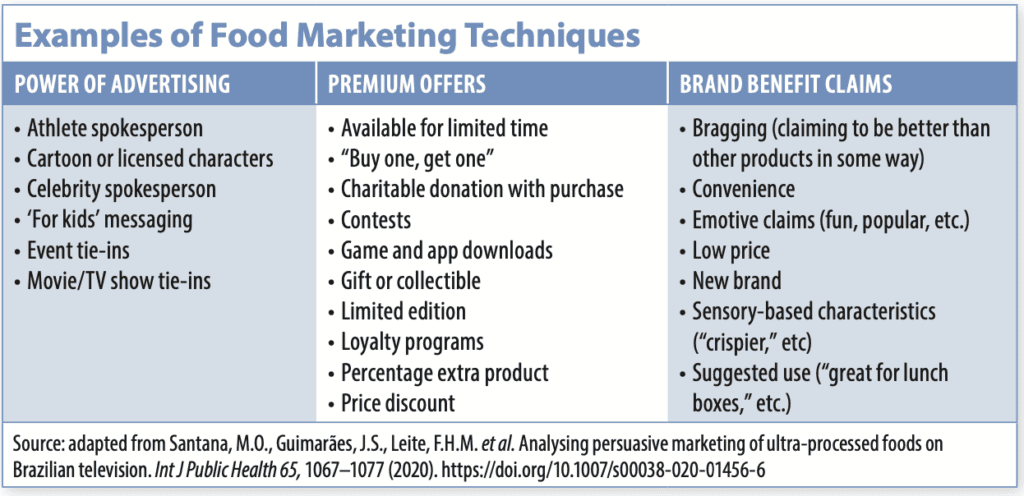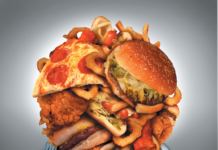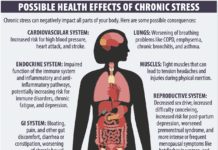Did you ever notice that the least healthy foods are often the most heavily marketed? Knowing what tactics food and beverage marketers employ can help you (and your children or grandchildren) make the best choices.
Free Choice? Your food and beverage choices are influenced by many factors, including what you like, what you can afford, what you’re used to eating, and whether you think a food is good for you or not. Researchers say food marketing also weighs heavily in food and beverage choices. You are exposed to food marketing in many ways, from advertisements to packaging and sponsorships.
The purpose of marketing is to convince us to buy a product, and strategists are very good at it. Studies have found exposure to food marketing is associated with higher intake of the marketed foods. What’s more, research suggests that not only can food advertisements and other techniques change our minds about what we want as individuals, but it can also create population-level shifts in what we, as a society, buy, value, and consider normal. And it’s not fruits, vegetables, beans, and whole grains that get most of the attention: most advertising promotes unhealthy “fast food,” sugar-sweetened beverages, and sweets.
Ads, Ads, Ads. The first thing many of us think of when someone says “advertising” is television commercials. With the growth of streaming services and recording options, many people now avoid or fast forward through most commercials. But expansion of other media has opened up new avenues for marketers. Banner ads on websites and blogs, product placement in movies and TV shows, sponsorships of sports teams, sales and discounts, and infiltration of social media and gaming platforms have become the norm.
An online trial found that ads on Instagram looked so much like regular posts that adolescents didn’t realize they were being marketed to. Children are being exposed to video advertising while playing online games and apps (and these ads made them more likely to choose the advertised brand as a snack in a randomized controlled trial).
“In many ways, adults know to treat health related marketing with a good deal of skepticism,” says Parke Wilde, PhD, a professor at the Friedman School and nutrition policy expert whose past research includes food and beverage marketing to children, “but children cannot judge persuasive intent the way adults can. Marketing to children raises serious ethical concerns. While certain aspects of advertising to children have been regulated in the U.S. (such as limiting television ads during child-oriented shows), other areas remain problematic—like imagery at child-eye level in grocery stores.”
➧ Know the Signs. Being aware that marketers use celebrities, giveaways, deals, healthy-looking and mouthwatering package artwork, convenience claims, and other methods to make their products appealing can help you learn to take a closer look at the products you buy.
➧ Flip it. Turn the package over to get the real story from the Nutrition Facts label and ingredient list.
➧ Talk About it. Having conversations about marketing with the young people in your life can help them make informed decisions.
Marketing Methods. We get hit with food marketing from every possible angle. Food and beverage marketers often convey a brand’s message through social media campaigns, email marketing, blogs, and website content, in addition to more “traditional” advertising such as commercials and supermarket flyers.

Incentives, deals, and promotions are also important marketing tools. It’s hard to turn down a “2-for-1” deal and tempting to try a new brand if it’s “20% more, free!” or “20% off.” A “collect-them-all” toy at the bottom of a box of sugary cereal or with a fast-food meal is a tried-and-true way to get kids to beg for the item. “Limited-time” or seasonal foods are enticing, as well. Fast food outlets are notorious for their holiday-themed or limited-time foods, “combos,” contests, and giveaways designed to draw us in and get us to buy more than we intended. Convenient apps for ordering and reward/loyalty programs are also marketing techniques to keep us coming back for more.
Precise Packaging. Even the packaging of ultraprocessed foods is carefully designed to draw our eyes and trick our brains. Color, images, and even the shape and size of the package are all important to grabbing our attention and making a product seem appealing. One study concluded consumers find a product appealing when the shape of the typeface matches the shape of the food in the package.
Adding to the advertisements and appealing front-of-package designs are words and statements meant to appeal to our health-conscious side, but these cannot always be trusted. The word “natural,” for example, has no legal definition. “Organic” does, but refined flours, added sugars, and other unhealthy ingredients can be organic. Be aware that “reduced/less sugar” products (which by law must have at least 25 percent less sugar than the regular version of that food) are free to use artificial sweeteners, and foods with fiber claims often have added, as opposed to natural, fibers. Artificial sweeteners and added fibers are a sign a food may be ultraprocessed—and therefore a less healthful choice (for information on how and why to limit intake of ultraprocessed foods, see Page 4).
What We Can Do. Simply being aware of the tactics used to influence our purchases can help minimize their impact. A study found that media literacy training for parents and their children ages nine to 14 improved the ratio of healthy to unhealthy products in the home and increased the children’s fruit and vegetable intake. Talk to the young people in your life about persuasive marketing tricks. You can even make a game of pointing them out when you see them. Keep a skeptical eye on food advertising, and an educated eye on food packages.
























